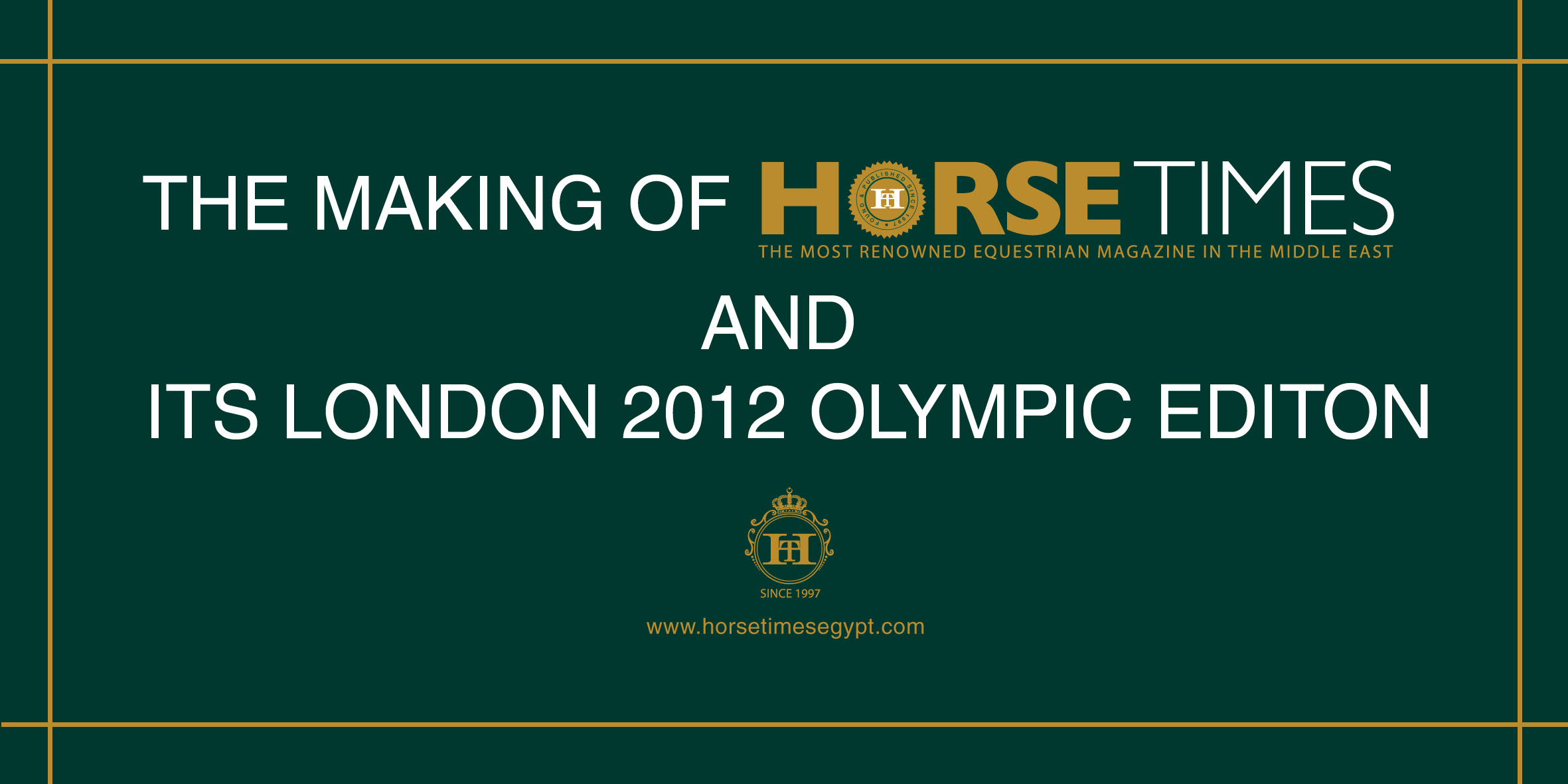E NEXT TIME YOU READ HORSE TIMES, STOP FOR A MOMENT AND THINK ABOUT HOW IT CAME TO BE. THE MAGAZINE’S TEAM ARE EXTREMELY ATTENTIVE TO DETAILS, METICULOUS IN THEIR WORK, AND MAINTAIN A PROFESSIONAL APPROACH AT ALL TIMES.
First, writers, editors and designers participate in the creative process¬, printers then take that creative work and turn it into the publication. Printing is a fascinating process involving huge high-speed machines, thousands of rolls of paper, computers, metal plates, rubber blankets and sharp knives.
In the most commonly used printing process and its details, there are three production steps: pre-press, press run and bindery.
THE CREATIVE PROCESS:
Every print piece starts with the creative process. Writers, editors, graphic designers and artists are the initial step in the creation of HORSE TIMES’ quarterly issues.
The HORSE TIMES team begins work months in advance of each issue's publication date. Topics for articles are identified and writers are assigned. Strict guidelines for word length and a reliance on custom graphics keep articles short, informative and entertaining. Editors help focus copy and keep the whole process moving and designers make sure that picture quality is high enough for print.
Once the text has been developed, graphics are created. Nearly every article in HORSE TIMES is developed as original features, 90% of the time exclusively for the magazine.
For HORSE TIMES’ first ever hard-cover London 2012 Olympic Edition which is now being printed, the team started diligently working around the clock nearly 5 months ago. Our photographer at the Games shot up to 210 GB of pictures which the whole team had to go through in order to pick and choose for the Edition. A theme, different than that of normal HORSE TIMES issues - also had to be chosen and followed throughout the 230 page Edition for consistency purposes.
FINAL COLOR DRAWING:
When each article is written, edited and approved with final pictures, the pieces are sent to the graphic designer for page layout. The Managing Editor and designer determine what page a story will appear on, where pictures will be in relation to words and, how many page numbers and where advertising will appear. Often, there are difficult decisions to make about how best to fit pictures and text into very limited space. As in the making of a movie, some materials must be left on the "cutting room floor."
Finally, after the layout of every page has been completed, edited and proofread, a digital "printer's file" is created for the entire document. This is usually done by burning a CD, sent to the printer’s graphic designer for montage, and then finally to the printer’s plant for production. For many years, HORSE TIMES has been printed at HEADLINE in Cairo, Egypt (http://www.headlinepd.net/), with printers known as CMYK colour models (process colour, 4-colour) a subtractive colour model, used in colour printing. But for the HORSE TIMES London 2012 Olympic Edition, 5-colour printers were used as a new edition of colour was added to design.
Simultaneously, the HORSE TIMES team was working on the final issue for 2012, winter issue 40, which is also now being printed and will be in international and local distribution after Christmas.
We will be launching HORSE TIMES London 2012 Olympic Edition and its news very soon – keep checking our page – and also soon, issue 40 will be posted as PDF on our website.
See video of making: http://tinyurl.com/bmsxbrx
--Ends--
Main Menu


